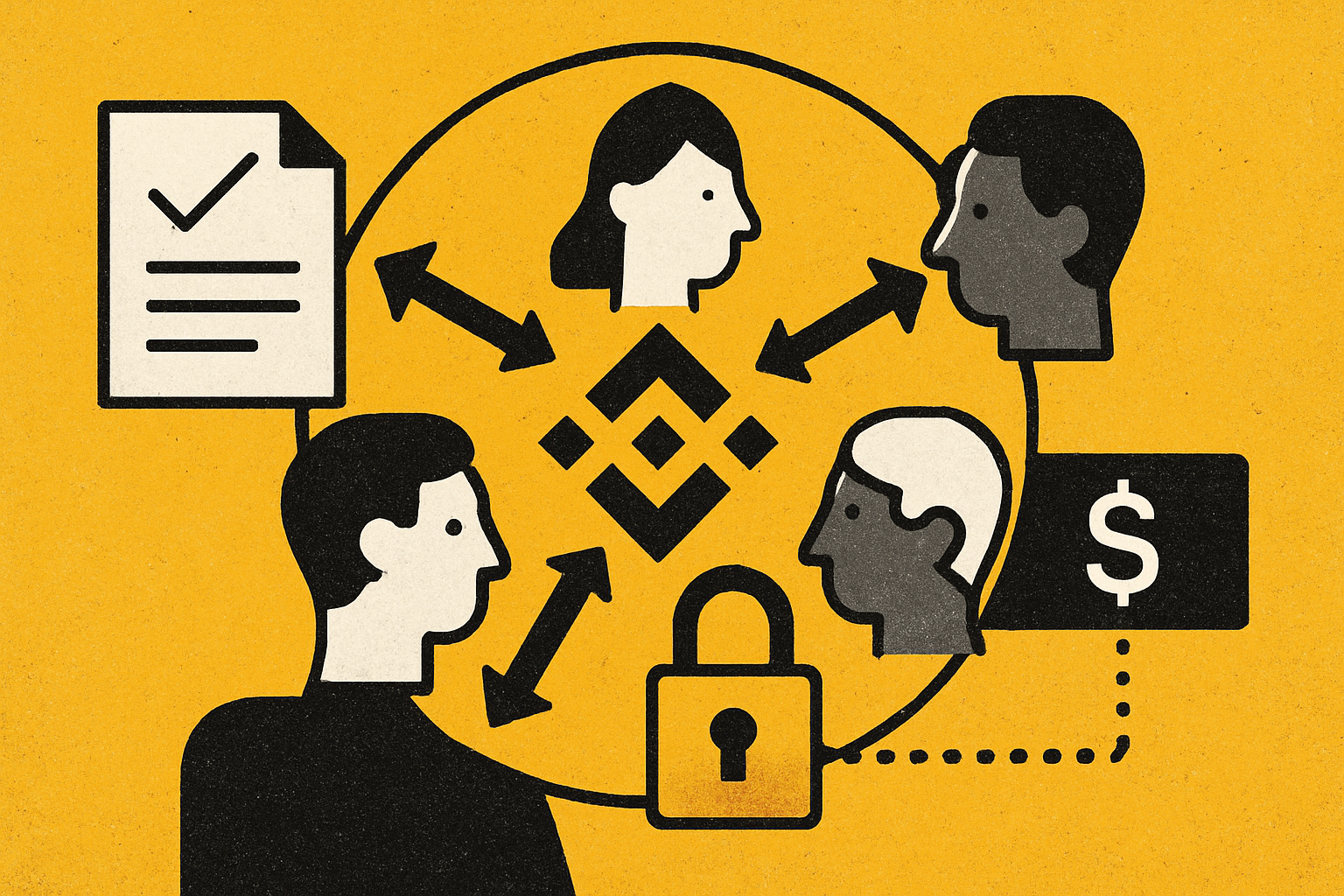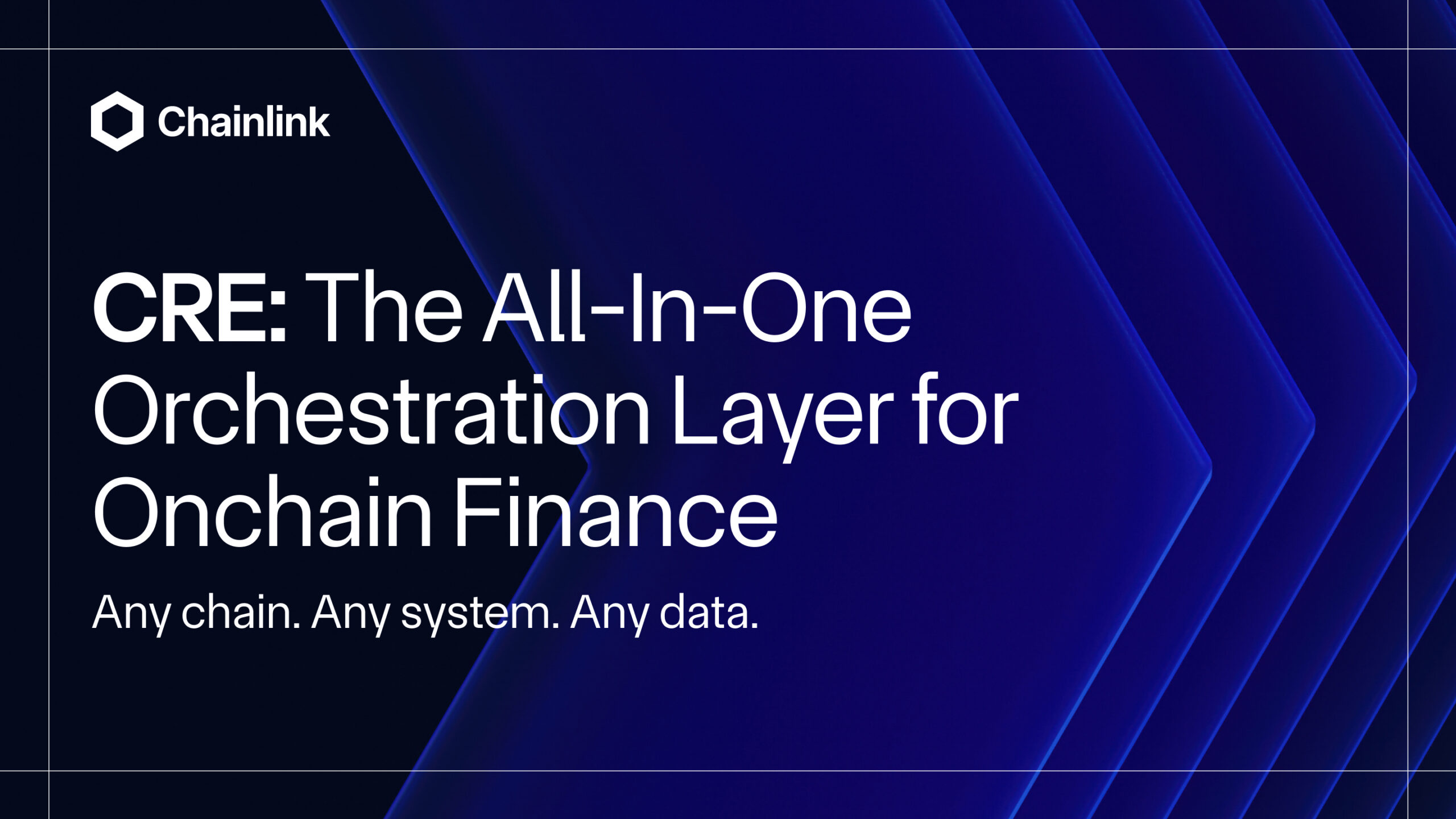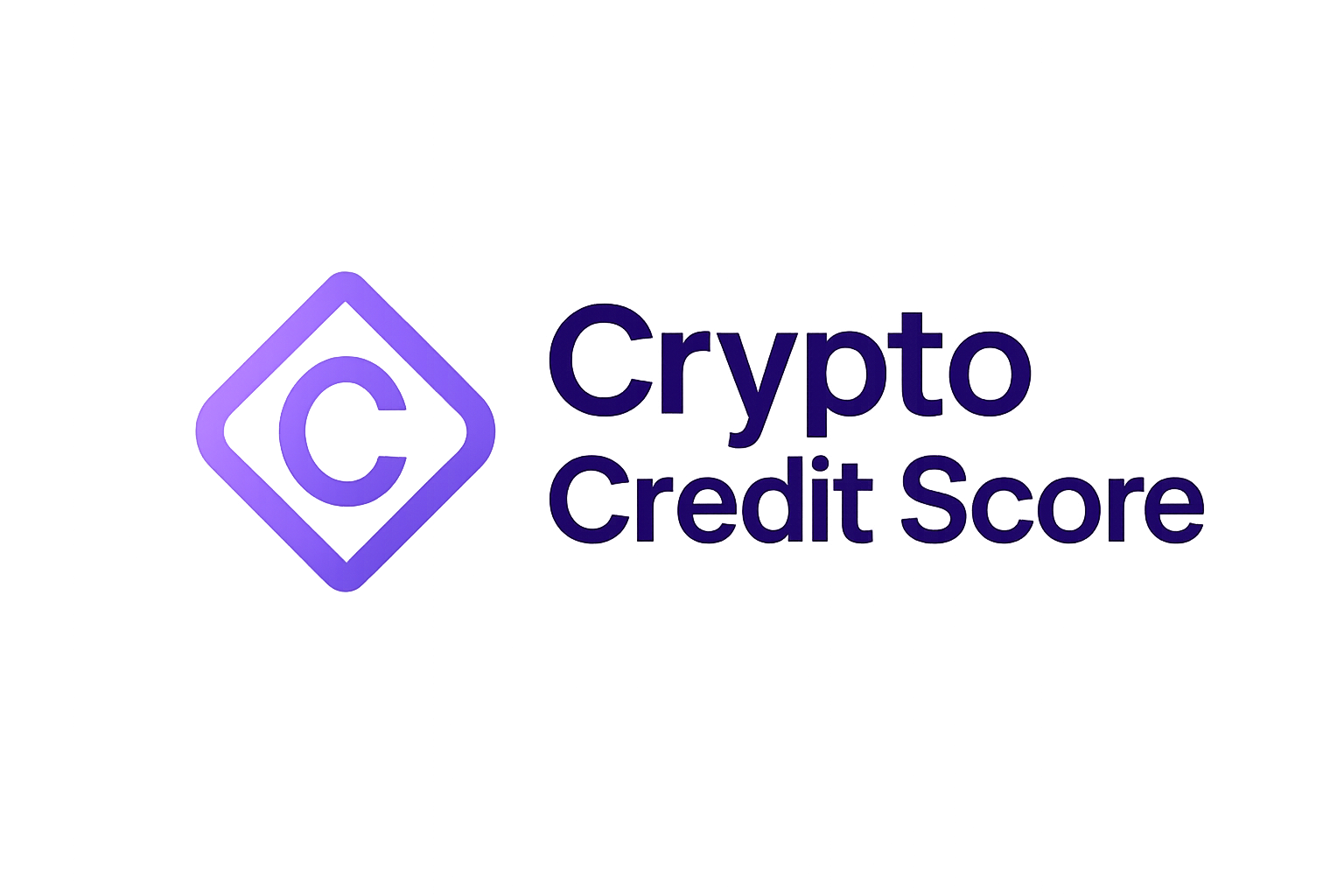
Decentralized finance (DeFi) has long promised a more open, accessible financial system, but until recently, one key limitation held it back: the need for borrowers to lock up more collateral than the value of their loan. This overcollateralization model protected lenders from risk, but also excluded millions who lacked sufficient crypto assets. Now, on-chain credit scoring is changing the game, enabling undercollateralized DeFi loans and unlocking new capital flows for both individuals and institutions.

Why Overcollateralization Dominated Early DeFi Lending
The first wave of DeFi lending protocols, think Compound and Aave, required users to post collateral worth 120% or more of their desired loan. This model made sense in an anonymous ecosystem: without a way to assess trustworthiness or identity, protocols had no choice but to rely on hard collateral as insurance against default. The result? Only those with significant crypto holdings could access meaningful loans, while capital efficiency remained low and mainstream adoption lagged.
But what if you could measure a user’s risk through their blockchain behavior instead of just their wallet balance? That’s where on-chain credit scores come in.
How On-Chain Credit Scoring Works
An on-chain credit score is like a decentralized FICO score for Web3. Instead of tracking your bank loans or credit cards, it analyzes your activity across DeFi protocols, liquidity provision, borrowing and repayment history, staking behavior, governance participation, and even wallet age. Using advanced analytics and machine learning, platforms like Spectral Finance and Credora transform this public data into dynamic risk profiles.
This approach allows lending protocols to:
- Dynamically adjust collateral requirements: A high-scoring borrower might only need to post 20-50% collateral instead of 120% and
- Offer personalized interest rates: Lower-risk users get better terms
- Open doors for unsecured lending in the future
The shift is seismic: by leveraging transparent blockchain data instead of opaque off-chain reports, DeFi can serve a wider range of borrowers while still managing risk.
Pioneers in Undercollateralized Lending Using On-Chain Scores
A number of innovative projects are already proving this concept at scale:
- Goldfinch: Connects off-chain business data with on-chain reputation to provide undercollateralized loans to small businesses globally.
- Teller Finance: Uses zero-knowledge proofs (ZKPs) with Chainlink oracles so users can prove off-chain financial health without sacrificing privacy.
- Spectral Finance: Introduces the MACRO score, a multi-asset on-chain risk metric that functions like a decentralized credit bureau report.
This new breed of DeFi credit protocol is already attracting institutional investors seeking better yields, and retail users who want fairer access to liquidity.
The Mechanics Behind Blockchain Reputation Lending
So what exactly goes into an on-chain credit assessment? Here’s a quick breakdown:
- Wallet history: Age, transaction volume, diversity of interactions (e. g. , lending/borrowing across multiple protocols)
- Repayment performance: Timely loan repayments signal reliability; liquidations or defaults lower your score
- Diversity and depth: Participation in governance votes, staking pools, or DAOs can boost your profile as an engaged community member
- Civil resistance: Some platforms use social graphs or identity attestations (without revealing private info) to prevent Sybil attacks and fake reputations
This holistic view means your blockchain reputation becomes portable across protocols, a true step toward open finance where trust is built transparently rather than behind closed doors.
As these systems mature, the potential impact is massive. By reducing the collateral barrier, undercollateralized DeFi loans can unlock trillions in untapped liquidity. This shift doesn’t just benefit borrowers – it also creates new risk-adjusted yield opportunities for lenders and liquidity providers, driving broader participation across the decentralized finance landscape.
Risks and Safeguards: Can On-Chain Credit Be Trusted?
No lending innovation comes without challenges. While on-chain credit scoring increases capital efficiency, it introduces new forms of risk. Protocols must contend with data manipulation, Sybil attacks, and the inherent volatility of crypto assets. That’s why leading platforms are layering in robust safeguards:
- Zero-knowledge proofs (ZKPs): Allow users to prove aspects of their off-chain financial health or identity without revealing sensitive data to protocols or the public.
- Multi-factor scoring: Combining both on-chain and off-chain data sources to create a more resilient credit profile.
- Dynamically adjusted risk parameters: Protocols can quickly update collateral requirements or pause lending if abnormal activity is detected on-chain.
The result? A system that balances transparency with privacy and adaptability, providing both borrowers and lenders with more confidence in every transaction. For a deeper dive into how these mechanisms work in practice, check out this guide on how on-chain risk scores reduce liquidation risks.
What’s Next for Decentralized Credit Bureaus?
The rise of decentralized credit bureaus is just beginning. As adoption grows, expect to see:
Real-World Use Cases for On-Chain Credit Scored DeFi Loans
-

Goldfinch: Empowering small businesses in emerging markets with undercollateralized loans, Goldfinch uses both on-chain and off-chain data to assess borrower creditworthiness, making DeFi lending accessible beyond crypto-native users.
-

Teller Finance: By integrating Chainlink’s zero-knowledge proofs, Teller enables privacy-preserving verification of off-chain financial data, allowing users to secure undercollateralized loans without revealing sensitive information.
-

Spectral Finance: Spectral’s Multi-Asset Credit Risk Oracle (MACRO) score brings traditional credit scoring on-chain, letting users build blockchain-based credit reputations and access loans with lower collateral requirements.
-

Credora: Providing institutional-grade undercollateralized lending, Credora leverages on-chain analytics and risk assessment to enable efficient capital deployment for professional traders and funds.
-

TrueFi: TrueFi offers unsecured loans to vetted borrowers by evaluating on-chain creditworthiness, supporting use cases like liquidity provision, trading, and business expansion without excessive collateral.
- Interoperable credit reputations: Your score will follow you across chains and dApps, unlocking seamless access to lending wherever you go.
- Tailored financial products: From microloans for emerging markets to enterprise working capital lines – all priced dynamically based on your blockchain reputation.
- Integration with traditional finance: Banks and fintechs may soon tap into DeFi-native scores when evaluating crypto-savvy customers.
This evolution isn’t just theoretical. We’re already seeing cross-protocol partnerships and experiments with stablecoin-based lending that blend DeFi’s transparency with TradFi’s scale. As protocols like Goldfinch, Teller Finance, and Spectral continue to iterate, expect faster onboarding processes and smarter risk management tools that make undercollateralized lending as routine as overcollateralized loans once were.
The Bottom Line: Trustless Credit Is Here
The future of lending is being built right now – open source, transparent, and accessible to all who can prove their trustworthiness on-chain. Whether you’re a borrower seeking flexibility or a lender searching for new yield opportunities, staying informed about on-chain credit scoring could be your ticket to the next wave of DeFi innovation.
If you’re ready to explore your own blockchain reputation or want to learn how your project can leverage decentralized credit data for smarter lending decisions, check out our resources at Crypto Credit Scores. The era of trustless credit has arrived – let’s build it together.





